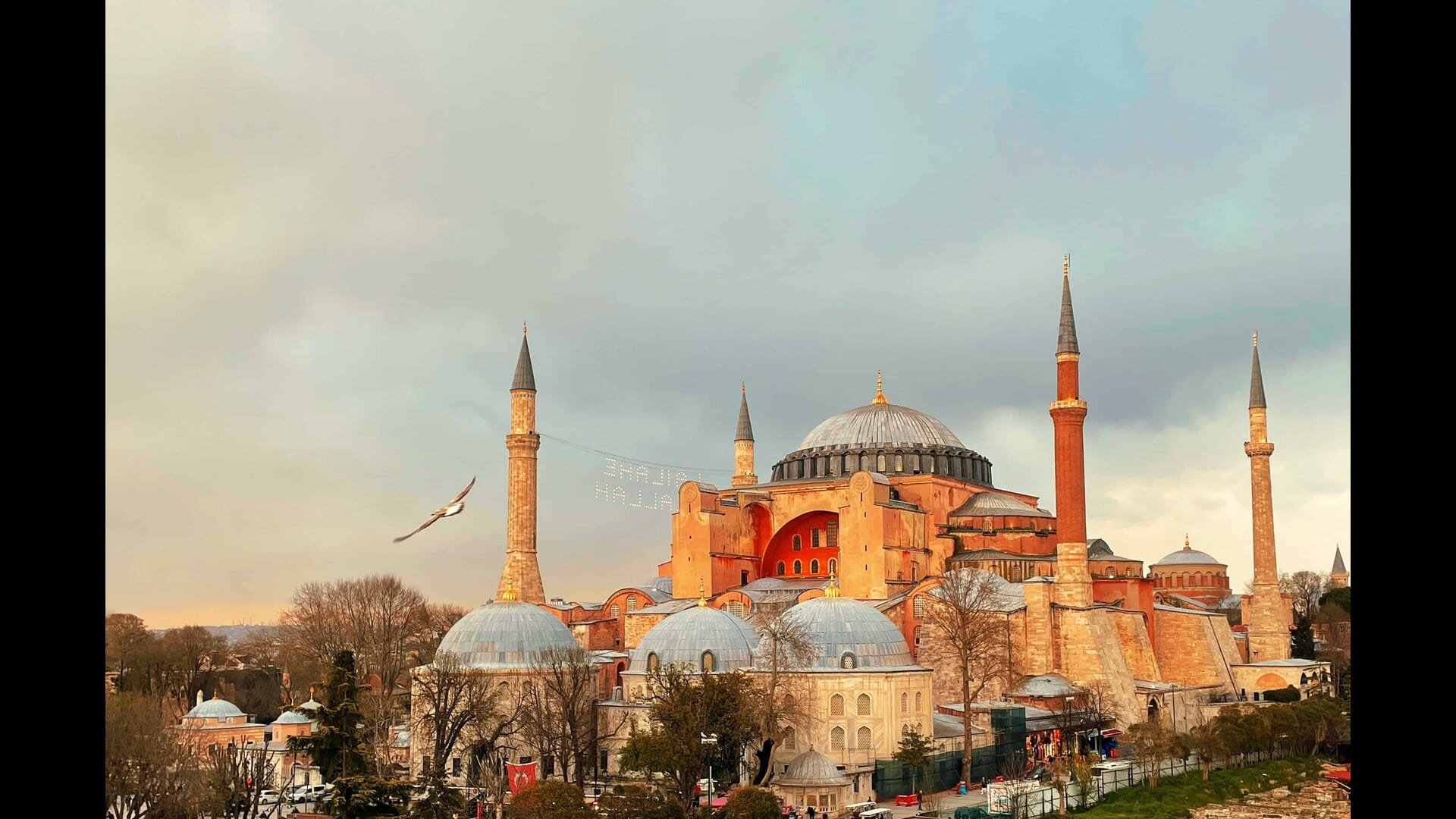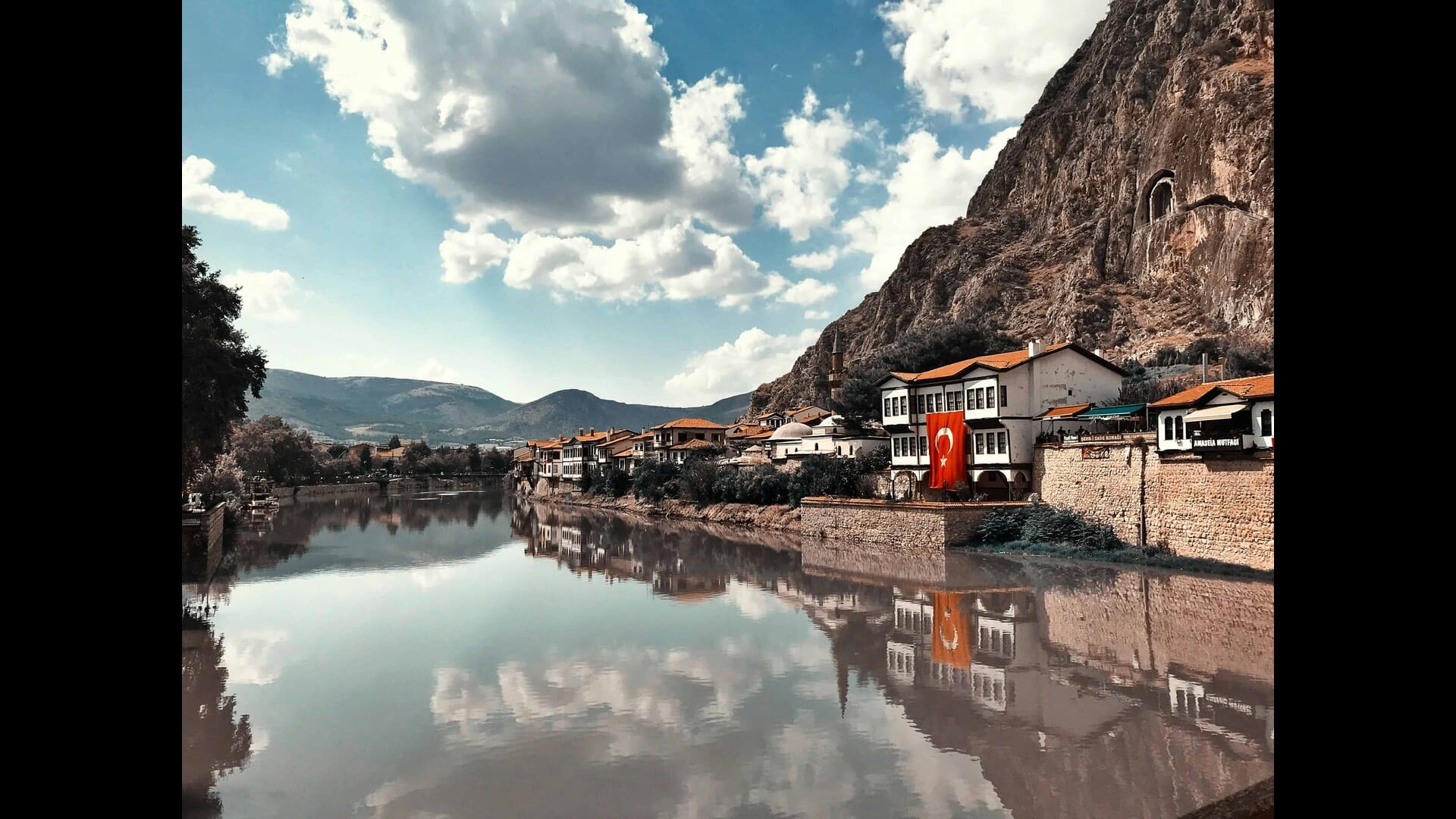
Exploring the Treasures of the Archaeological Museum of Istanbul
By Glooob • Published in Turkey • September 26, 2024
Exploring the Treasures of the Archaeological Museum of Istanbul
The Archaeological Museum of Istanbul is a treasure trove of ancient history, showcasing artifacts that span thousands of years and multiple civilizations. Nestled in the heart of Istanbul, this museum is a must-visit for anyone interested in the rich tapestry of human history.



In this article, we will delve deep into the museum's collections, its history, and practical tips for making the most of your visit.
The Historical Significance of the Archaeological Museum of Istanbul
The Archaeological Museum of Istanbul is not just a museum; it is a testament to the city’s long-standing relationship with various cultures and empires. Established in the late 19th century, it was one of the first museums in Turkey and has since become a cornerstone of the country’s cultural heritage. The museum houses over a million artifacts, with around 150,000 on display, representing the ancient civilizations of Anatolia, the Middle East, and the Mediterranean.
The Origins of the Museum
The museum was founded in 1891 by Osman Hamdi Bey, a prominent Ottoman intellectual and painter. His vision was to create a space where the rich archaeological heritage of the region could be preserved and displayed. The museum’s first building was a small pavilion in the gardens of Topkapi Palace, but as the collection grew, it became necessary to expand. In 1908, the museum moved to its current location, a grand neoclassical building that reflects the architectural style of the period.
Architectural Marvel of the Museum Building
The museum's architecture is as captivating as the artifacts it houses. Designed by the architect Alexander Vallaury, the building features a stunning façade adorned with intricate reliefs and columns. The interior is equally impressive, with high ceilings and spacious galleries that allow visitors to immerse themselves in the exhibits. The museum's layout is designed to guide visitors through the history of the region, making it easy to follow the timeline of ancient civilizations.
Highlights of the Archaeological Museum of Istanbul Collections
The museum's collections are vast and varied, offering a glimpse into the lives of ancient peoples. Here are some of the highlights that you simply cannot miss during your visit.
The Sarcophagus of Alexander the Great
One of the most famous pieces in the museum is the Sarcophagus of Alexander the Great, which dates back to the 4th century BC. This stunning artifact is intricately carved with scenes depicting battles and mythological figures. It is believed to have belonged to a wealthy Macedonian nobleman, and its exquisite craftsmanship offers a glimpse into the artistic achievements of the time.
The Ancient Artifacts from Troy
The museum also houses a remarkable collection of artifacts from the ancient city of Troy, including pottery, tools, and jewelry. These items provide insight into the daily lives of the Trojans and their interactions with other cultures. The museum’s display of these artifacts is complemented by informative plaques that explain their historical context, making it an enriching experience for visitors.
The Islamic Art Collection
In addition to its extensive collection of ancient artifacts, the Archaeological Museum of Istanbul also features a significant collection of Islamic art. This includes beautifully crafted ceramics, textiles, and manuscripts that highlight the artistic achievements of the Islamic world. The juxtaposition of these items with the ancient artifacts creates a fascinating dialogue between different cultures and time periods.
Planning Your Visit to the Archaeological Museum of Istanbul
When planning your visit to the Archaeological Museum of Istanbul, there are several factors to consider to ensure a smooth and enjoyable experience.
Opening Hours and Admission Fees
The museum is open every day except Mondays, from 9:00 AM to 7:00 PM during the summer months and until 5:00 PM in the winter. Admission fees are reasonable, and discounts are available for students and seniors. It’s advisable to check the museum's official website for the most up-to-date information on opening hours and ticket prices.
How to Get to the Museum
The Archaeological Museum of Istanbul is conveniently located near the Sultanahmet district, making it easily accessible by public transport. Visitors can take the tram to the Sultanahmet station and then walk a short distance to the museum. Alternatively, taxis and ride-sharing services are widely available in the city.
Recommended Duration of Visit
To fully appreciate the museum's extensive collections, it is recommended to allocate at least two to three hours for your visit. This will give you enough time to explore the various galleries, read the informative plaques, and take in the beauty of the artifacts. If you are particularly interested in archaeology or history, you may want to spend even longer.
Tips for Making the Most of Your Visit
To enhance your experience at the Archaeological Museum of Istanbul, consider the following tips:
Join a Guided Tour
One of the best ways to gain a deeper understanding of the museum's collections is to join a guided tour. Knowledgeable guides can provide valuable insights and stories behind the artifacts, enriching your visit. Many tours are available in multiple languages, so be sure to check in advance.
Take Advantage of Audio Guides
If a guided tour is not feasible, consider renting an audio guide. These devices offer detailed explanations of the exhibits and allow you to explore at your own pace. They often include fascinating anecdotes and historical context that can enhance your understanding of the artifacts.
Visit During Off-Peak Hours
To avoid large crowds, try to visit the museum during off-peak hours, such as early in the morning or later in the afternoon. This will allow you to enjoy the exhibits more peacefully and take your time with each piece.
Nearby Attractions to Explore After Your Museum Visit
After exploring the Archaeological Museum of Istanbul, consider visiting some of the nearby attractions that complement your cultural experience.
Topkapi Palace
Just a short walk from the museum is the magnificent Topkapi Palace, the former residence of Ottoman sultans. The palace complex is vast, featuring stunning architecture, beautiful gardens, and an impressive collection of artifacts, including the famous Topkapi Dagger and the Spoonmaker's Diamond. A visit to Topkapi Palace provides a deeper understanding of the Ottoman Empire and its rich history.
Hagia Sophia
Another iconic landmark nearby is Hagia Sophia, a masterpiece of Byzantine architecture. Originally built as a cathedral, it later became a mosque and is now a museum. The stunning mosaics, grand dome, and rich history make it a must-visit site for anyone exploring Istanbul.
Basilica Cistern
For a unique experience, visit the Basilica Cistern, an ancient underground water reservoir that dates back to the Byzantine era. The atmospheric lighting and the sound of dripping water create a mystical ambiance, making it a fascinating contrast to the grandeur of the museum and nearby landmarks.
Cultural Events and Exhibitions at the Museum
The Archaeological Museum of Istanbul frequently hosts temporary exhibitions and cultural events that showcase different aspects of archaeology and history. These events can provide a unique opportunity to engage with experts and learn about specific topics in greater depth.
Special Exhibitions
Keep an eye on the museum's calendar for special exhibitions that may coincide with your visit. These exhibitions often feature rare artifacts or focus on specific themes, offering a fresh perspective on the museum's collections.
Educational Programs
The museum also offers educational programs for visitors of all ages, including workshops, lectures, and guided tours tailored for school groups. These programs aim to foster a deeper appreciation for archaeology and history, making the museum a dynamic learning environment.
The Importance of Preservation and Conservation
As a repository of invaluable artifacts, the Archaeological Museum of Istanbul plays a crucial role in the preservation and conservation of cultural heritage. The museum employs a team of conservators who work diligently to ensure that the artifacts are maintained in optimal conditions, allowing future generations to appreciate their beauty and historical significance.
Challenges in Conservation
Conserving ancient artifacts presents numerous challenges, including environmental factors, deterioration over time, and the impact of tourism. The museum is committed to implementing best practices in conservation to protect its collections while also educating the public about the importance of preserving cultural heritage.
Conclusion: A Journey Through Time at the Archaeological Museum of Istanbul
Visiting the Archaeological Museum of Istanbul is more than just a trip to a museum; it is a journey through time that connects you with the ancient civilizations that once thrived in this region. From the stunning artifacts to the rich history behind each piece, the museum offers a captivating experience that will leave you with a deeper appreciation for the cultural heritage of Istanbul and beyond.
Whether you are a history buff, an art lover, or simply curious about the past, the Archaeological Museum of Istanbul promises to be a highlight of your visit to this enchanting city. So pack your bags, grab your camera, and prepare to embark on an unforgettable adventure through the annals of history.